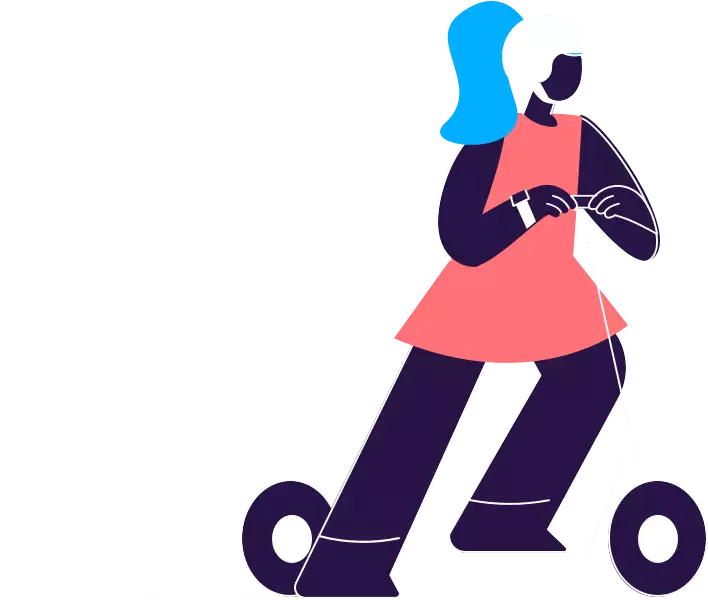Why Graduated Driver Licensing
Remember when you learned to drive? Things are different now. The process has evolved for the better thanks to graduated driver license (GDL) programs.
GDL programs help teens get more practice and gain experience over time, while reducing their risk. Slow and steady wins the race — and helps your teen build skill.

GDL, You Work So Well
GDL programs help teens get the real-world experience they need to be confident drivers while reducing risks to themselves and others. Think: baby steps for baby drivers.


GDL is a three-step program

Learner’s permit: supervised driving with a fully licensed adult driver.

Intermediate or provisional license: unsupervised driving under certain conditions (no late night driving and limits on passengers).

Full privilege license: driving without any restrictions.
New drivers are less experienced, and teens’ brains are not fully developed. They may not see or understand risks older, more experienced drivers would. Studies show that GDL programs reduce crash rates for 15–17-year-old drivers by 53% or more.8
GDL programs lower the risk of motor vehicle crashes and help teens improve their safe driving habits over time. They can be more like responsible tortoises and less like wild hares.

It’s Never Too Early
You can and should talk to your kids about GDL programs at any age. The day they get behind the wheel will come sooner than you think. You know what they say, the days are long, but the years are short.
Lay the groundwork now by explaining that getting a driver’s license takes time, effort and skill. Driving is a lot like learning to play a sport or an instrument — it takes a lot of practice and time to get better.
You can lead them down a safe and healthy path.


